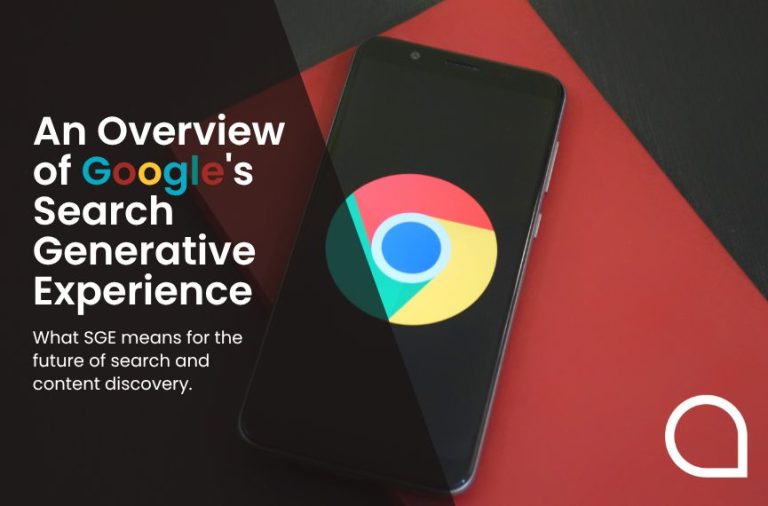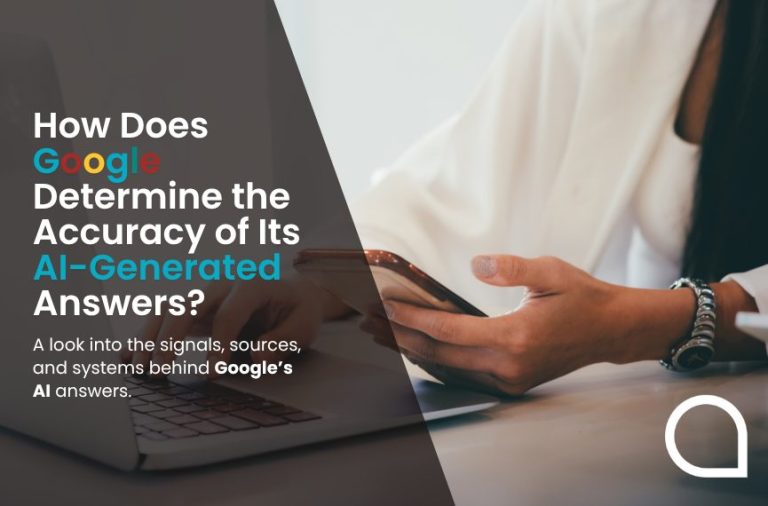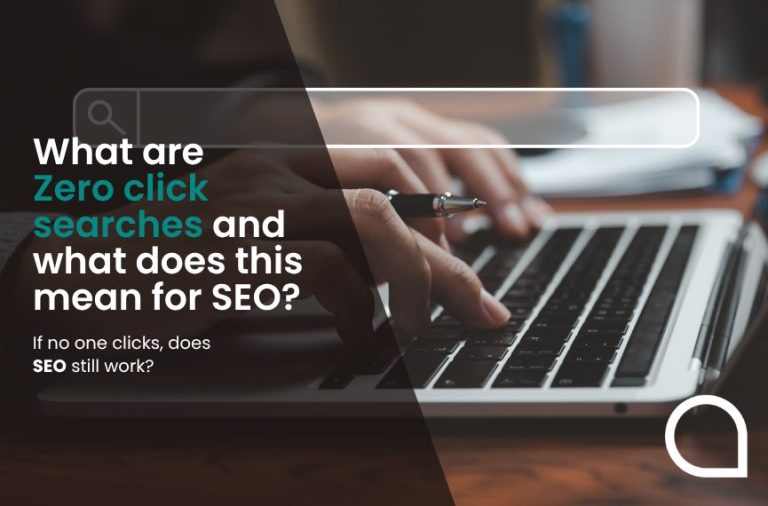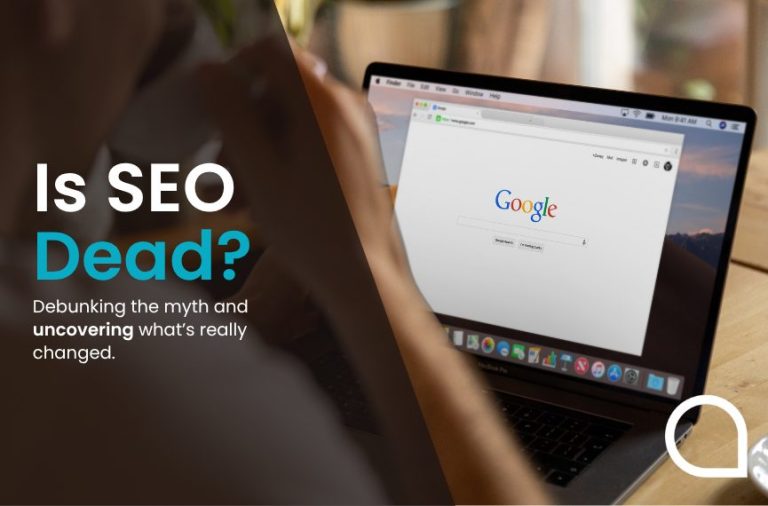In July 2018, Google began updating the PPC dashboard on Google AdWords whilst transitioning to new Google Ads format. The overarching view was that the core functionality was not changing and instead the transition was more of a rebranding.
Google’s approach behind renaming AdWords was sparked by encouraging businesses to exceed words and seek out new opportunities to reach business targets. Previously we discussed Google testing a new subtler AdWords format, but in this instance, Google Ads goes beyond a new format and includes new features to give greater ad insights.
To make the most out of the new features Google Ads has to offer, we have compiled 4 tips for using the new PPC dashboard:
1. The Dimensions feature previously seen in Google AdWords is now presented as Predefined Reports in Google Ads, offering the same amount of information as before. However, a new aspect of the feature allows you to view information graphically, so if you’re looking at analysing trends and gathering insights, this process is now much easier.
2. Smart Ads has become the new default experience on Google Ads. If you are a small business owner, you will greatly benefit from implementing Smart Ads which generates a plan for you to attain your business goals after you have selected the targets you aim to achieve.
3. The Ad Preview and Diagnosis tool allows you to resolve issues that lead to your ads not showing. Previously, this was more complex as advertisers had to navigate through many sections of their account to resolve the issue. Now, you can save time with the Ad Preview and Diagnosis tool which details why your ad isn’t showing, allowing you to take immediate action. Additionally, the tool allows you to enter a search term to see which ads are appearing for your keyword without impacting your ad metrics like it would through searching on Google.
4. “New vs. Returning” segmentation is a very useful tool that is now available for advertisers to understand how many visits come from new or returning customers. This insight is very useful for remarketing, allowing you to tailor your messages to your customers. By implementing this segmentation, you can also focus your budget on new or returning customers to achieve a particular business goal.





